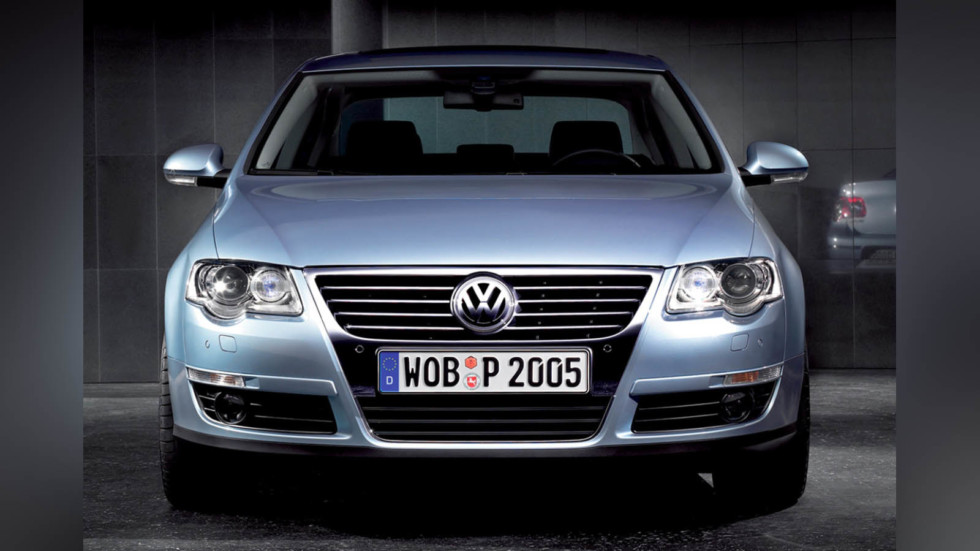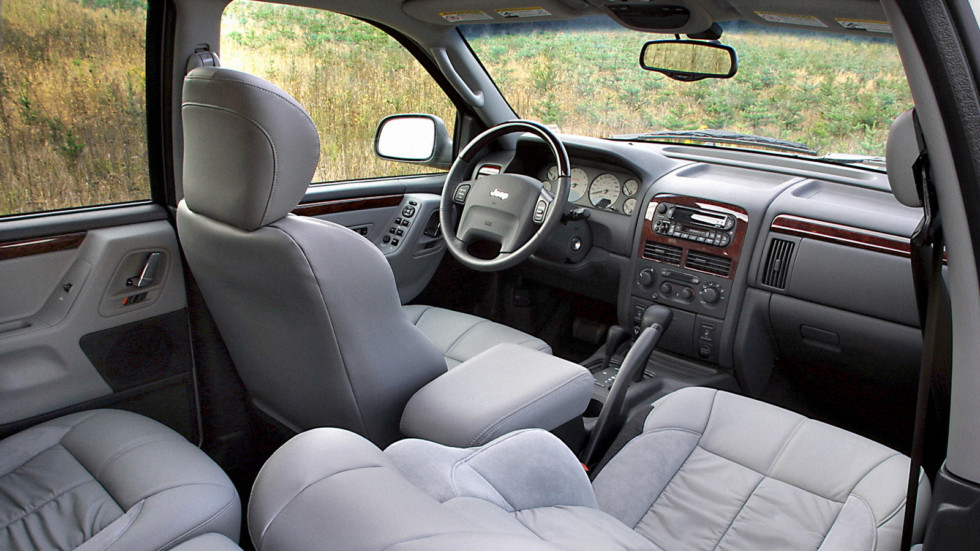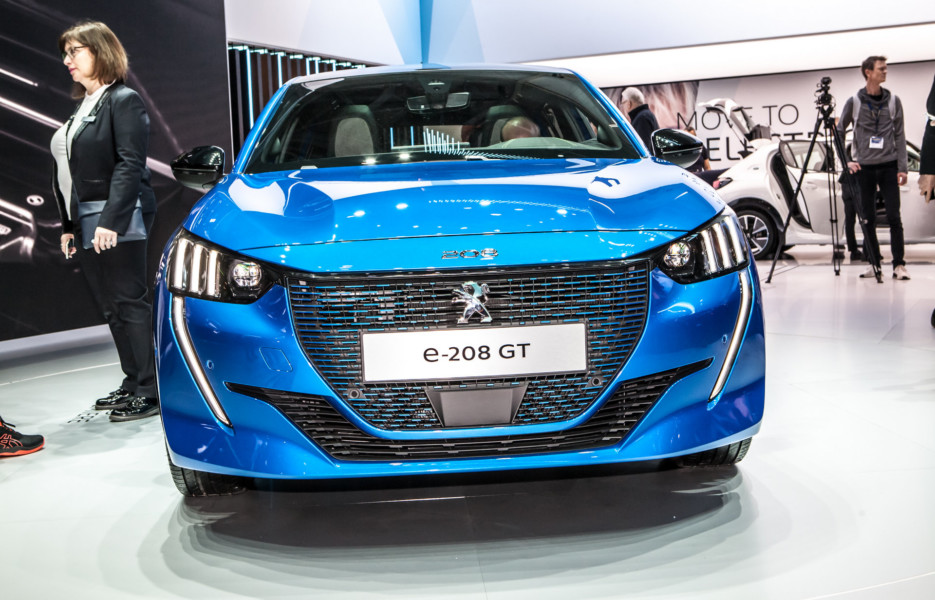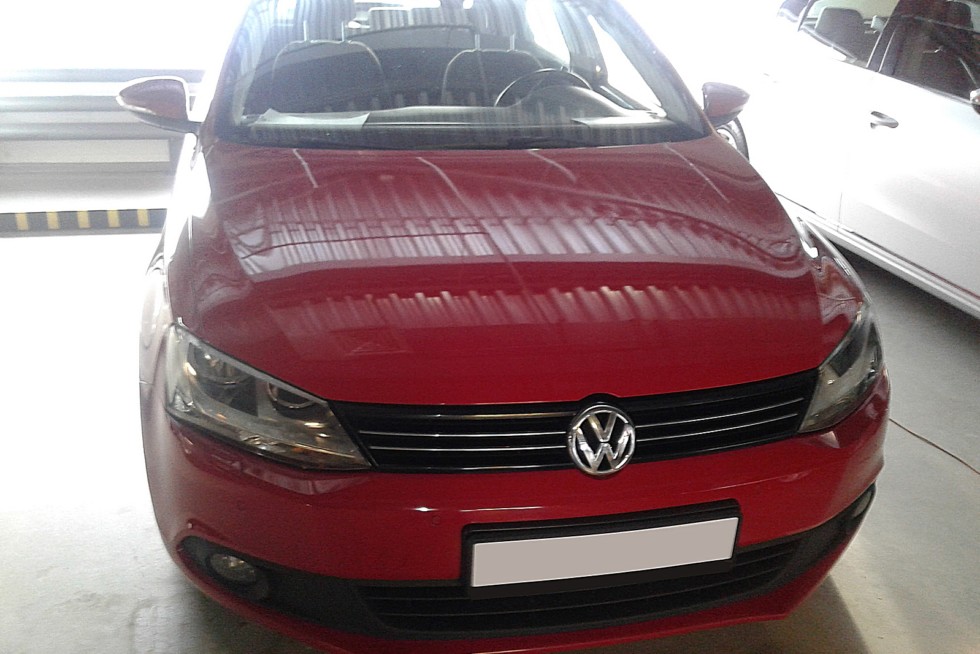Dead end: why GAZ-3111 did not become a mass car
 Already in the late eighties, a few years before the official “demise” of the USSR, each fundamentally new model was given to Soviet automobile plants with great difficulty. The exception is perhaps the VAZ with its “figure of eight”, which managed to launch it even before the restructuring. But the Zaporozhye Tavriya, a front-wheel Moskvich and other cars, markedly different from their predecessors, got up on the conveyor with great difficulties, and many did not become serial at all. We told about the conditions under which the promising GAZ-3111 was born, but today we will focus on something else: not the plant, but the Volga itself, and why the project initially had little chance of success.
Already in the late eighties, a few years before the official “demise” of the USSR, each fundamentally new model was given to Soviet automobile plants with great difficulty. The exception is perhaps the VAZ with its “figure of eight”, which managed to launch it even before the restructuring. But the Zaporozhye Tavriya, a front-wheel Moskvich and other cars, markedly different from their predecessors, got up on the conveyor with great difficulties, and many did not become serial at all. We told about the conditions under which the promising GAZ-3111 was born, but today we will focus on something else: not the plant, but the Volga itself, and why the project initially had little chance of success.
These were the nineties
With GAZ, with the new Volga, the GAZ-3105 did not have a story either, and the maximum that the factory workers managed to do in the new state was to release a modern variation on the theme of the same twenty-four under the GAZ-31029 index. However, this model did not carry anything radically new in itself – just a quick glance at the openings of the doors and glass was enough to understand that the body, by and large, remained old.
“Zero Fifth” was originally supposed to replace not so much the usual Volga, as the GAZ-14 Seagull, which was hastily removed from production in 1988. All-wheel drive passenger car was too “raw” and expensive, so the mass buyer simply did not pay attention to it. The leadership of the Gorky Automobile Plant, it became clear that we need another car – a modern, but more simple and affordable.
Work on the new Volga began in 1995 – frankly, in far from the easiest time for the Russian car industry in general and GAZ in particular. Two options were developed – the base GAZ-3103 with front-wheel drive and all-wheel drive GAZ-3104. The cars differed not only in the original transmission, but also in the new 2.3-liter ZMZ engines, as well as in the unusual body.
Technical documentation and prototypes were ready two years later, in 1997. However, it became clear that, along with the Atamans, the plant is now unable to start a new generation of cars in a series — more precisely, it simply did not allow the financial situation. After all, the development of the car on a fundamentally new platform and the transition from rear-wheel drive to the front and full required huge amounts of money associated with the replacement of equipment and equipment. And then the plant decided to compromise, creating a kind of “transitional” model with a new body and original appearance, but on the old rear-wheel drive platform and using components and units of the usual Volga (at that time – model 3110).
At the same time, the GAZ-3103 front-wheel drive almost completely “spent” the body for some reason was abandoned in favor of the new version. The funny thing is that the plasticine model of the future GAZ-3111 was created directly on the body of the “zero of the third” prototype.
The front-wheel drive GAZ-3103, which did not become a serial one, became the basis for the new Volga.
The new model (and in fact, only a demo car), along with prototypes GAZ-3103 and GAZ-3104, were brought to the Moscow Motor Show MIMS-98, and the “zero eleventh” with a fiberglass body was declared as a pre-production car, and the other two losers without a future ”were positioned as concepts, since the plant had no plans to produce them.
The plant management made an unexpected move: for making a mock-up, Nizhny Novgorod attracted … foreigners. The American company Venture Industries based on the mathematical models of the body and the interior made by GAZ, produced a master model and a demo model GAZ-3111, which was shown at the August motor show in 1998.
Made in the USA on the basis of GAZ-3110, the demo car looked like a real car, but its body was made of fiberglass.
At the same time, the “Hand of the West” did not concern the exterior and design of the car, although, knowing about the participation of foreign specialists, many contemporaries believed that the design of the new Volga was also not made in Russia. And it is absolutely in vain! Indeed, GAZ-3111 designers-stylists Igor Bezrodnykh and Sergey Plotnikov were engaged in the exterior of the GAZ-3111. It was they who made the car so distinctive, memorable and with frank “retro motifs” referring to the design of the very first Volga GAZ M-21, as well as representative ZIM limousines.
GAZ-3111 in the press of those years was constantly compared with the historical “progenitress” – the first Volga GAZ-21
A similar move was already tested by global manufacturers – for example, Volkswagen just at that time launched the VW New Beetle A4 into serial production, which was based on the aggregates of other modern Volkswagens, but at the same time intensively exploited the retro theme of the legendary Kafer.





